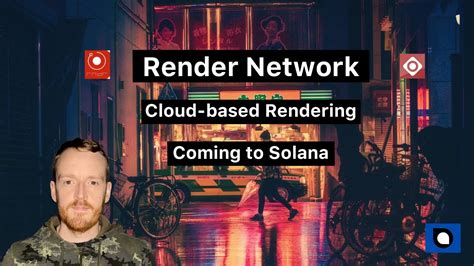Here is a comprehensive article on cryptocurrency, tokenomics, and two specific projects: Render (RENDER) and Polygon (POL).
“Blockchain Titans: Understanding Cryptocurrency, Tokenomics, and Two Key Players, RENDER & POLY”
As the cryptocurrency world continues to grow, understanding the technology behind it is becoming increasingly important. At the heart of this revolution are blockchain platforms that enable secure and transparent transactions between parties without the use of intermediaries. Among these platforms is Ethereum (ETH), a decentralized application platform that supports smart contracts and decentralized finance (DeFi) applications.
One of the most promising blockchain platforms in recent years has been Polygon (POL). Launched in 2020 by Aave, Chainlink Labs, and other developers, Polygon has gained significant traction in the market. Using its initial token, POL, users can participate in a variety of opportunities such as lending, borrowing, and governance.
In this article, we will delve into the world of cryptocurrency, explore Tokenomics, and examine two major players: Render (RENDER) and Polygon (POL).
Tokenomics
Tokenomics is a crucial aspect of any blockchain project, as it concerns the economics of creating, distributing, and using tokens. A well-designed tokenomics framework ensures that the project is sustainable and scalable.
Render (RENDER) is a decentralized art platform that uses Ethereum’s ERC-20 standard token. Render allows artists to create and sell their unique digital assets, such as paintings, sculptures, or even videos, on the blockchain. This innovative approach has attracted a wide range of creatives, from aspiring artists to seasoned industry professionals.
Render Tokenomics
The Render Token (RENDER) is designed to stimulate creativity and artistic expression on the platform. Each rendering asset created by an artist can be minted as a separate token, generating revenue for the artist through royalties paid to the network. This token-based system ensures that artists have more control over their work and generate passive income.
Rendering tokenomics also includes features such as:
- Token Supply: The total supply of rendering tokens is capped at 100 billion.
- Bargaining: Artists can create their rendering assets using the platform by paying a fee to the network.
- Royalties: Artists receive royalties for each sale of their rendering assets.
Polygon (POL)
Polygon (POL), formerly known as Matic Network, has rapidly gained popularity since its launch in 2017. Using its original token, POL, users can participate in a variety of opportunities such as lending, borrowing, and governance. Polygon’s innovative use case is focused on increasing the scalability and usability of Ethereum.
One of Polygon’s key strengths is its ability to improve Ethereum’s performance on low-end devices, making it more accessible to a wider audience. This has led to increased adoption of decentralized applications (dApps) built on Ethereum’s native blockchain.
Polygon Tokenomics
The Polygon token (POL) was launched in 2018 as a result of the Polkadot protocol. The protocol is designed to enable interoperability between different blockchain networks, allowing for data sharing and seamless transfer of funds.
The Polygon Tokenomics framework includes features such as:
- Token Supply: The total supply of Polygon tokens is capped at 60 billion.
- Interoperability

: Polygon enables seamless interaction between different blockchain networks, including Ethereum and others.
- Liquidity Pool
: A liquidity pool has been created on the platform that allows users to borrow or lend POL to access lower value assets.